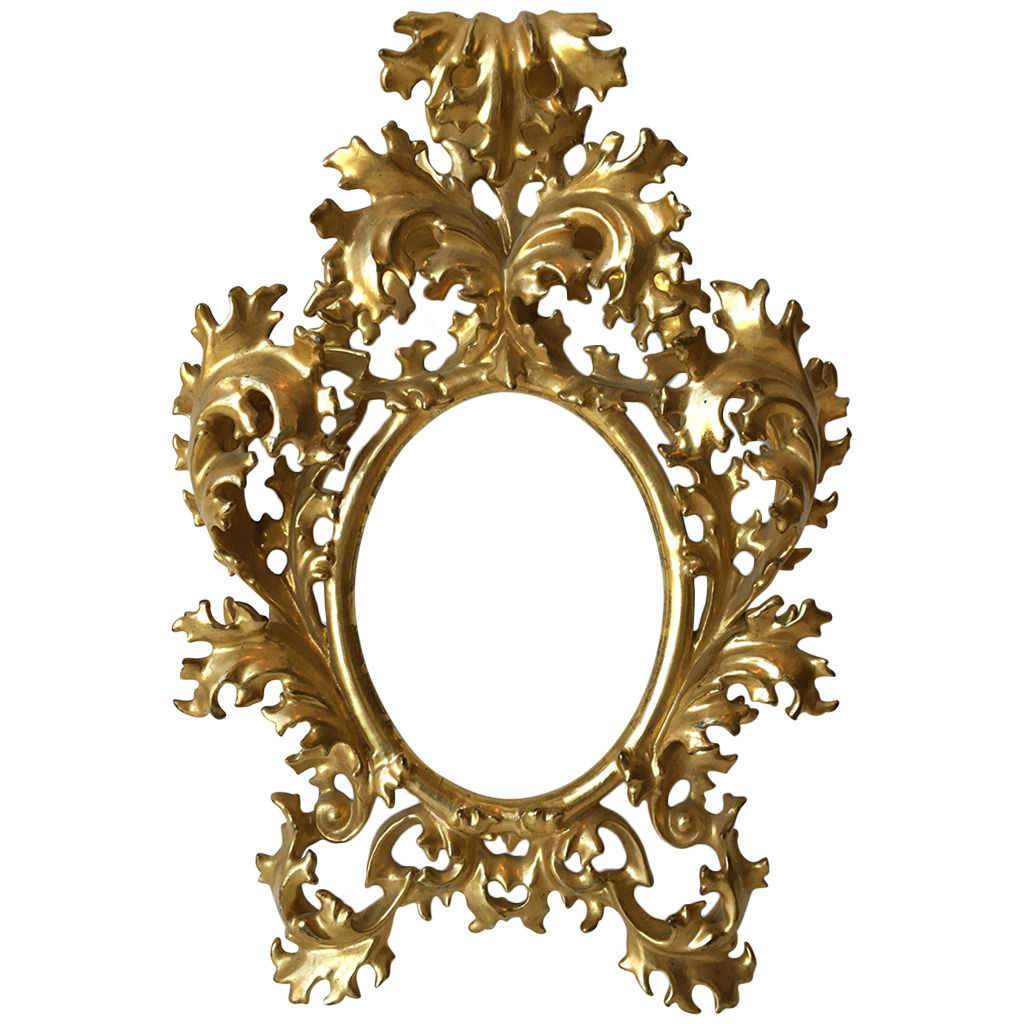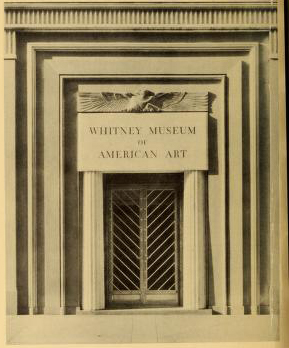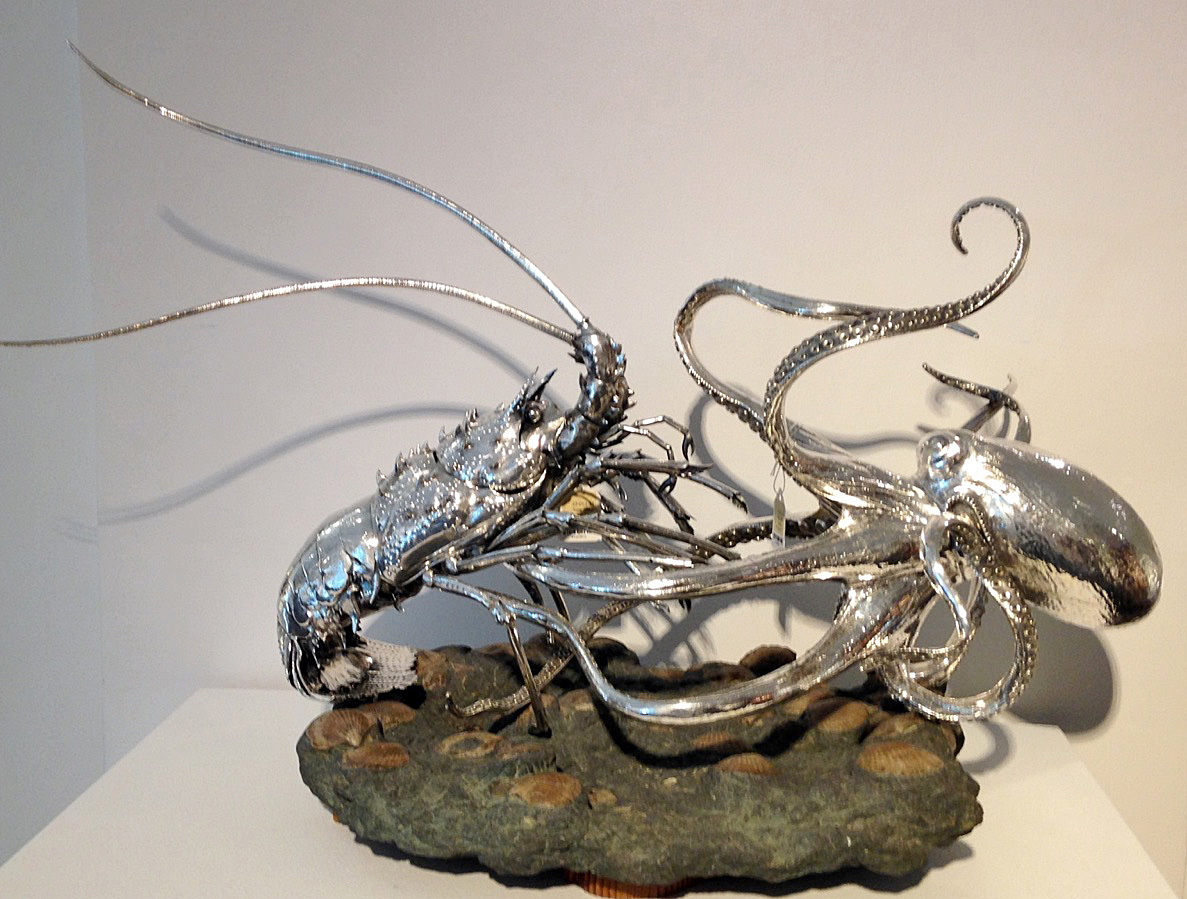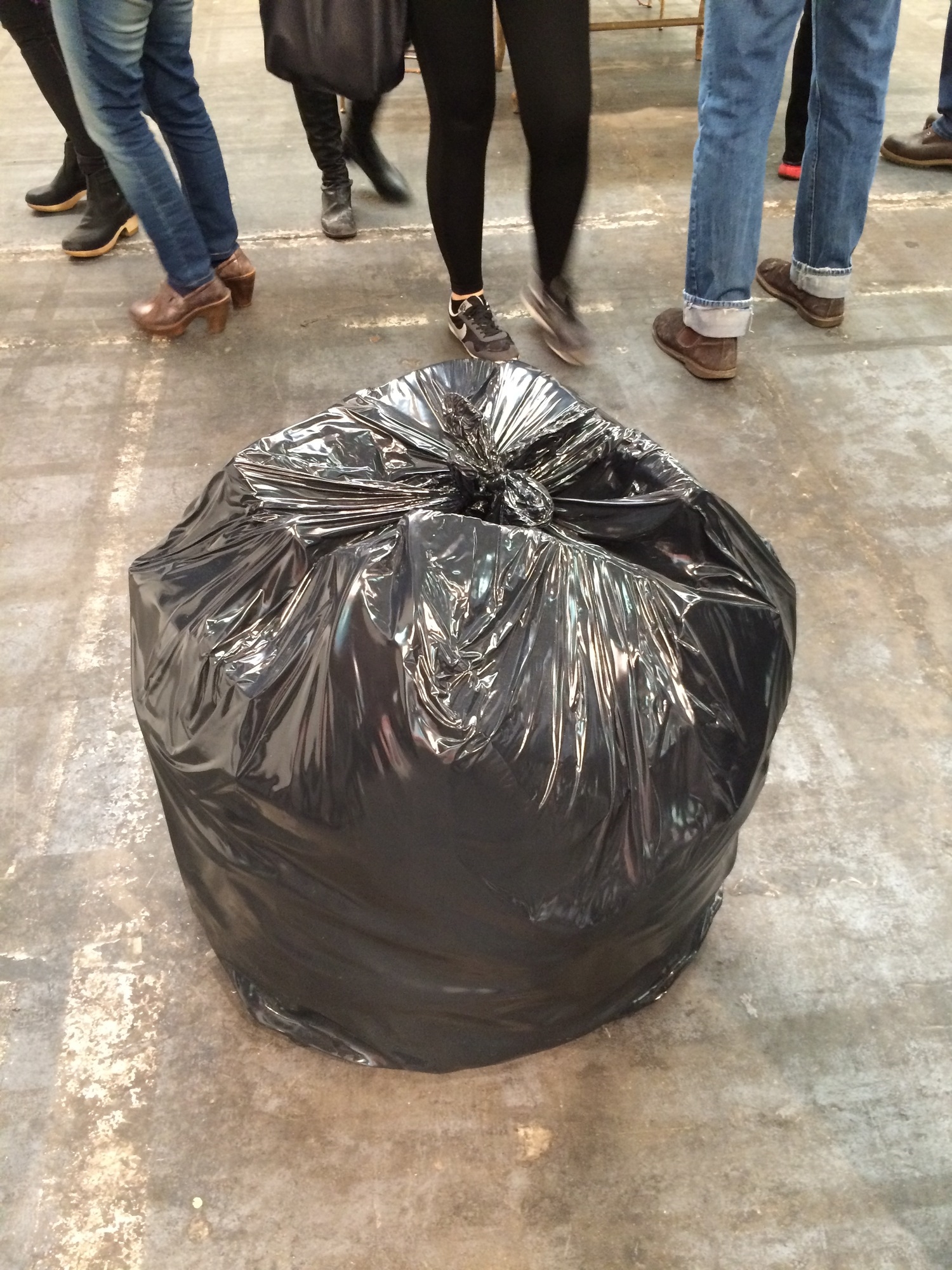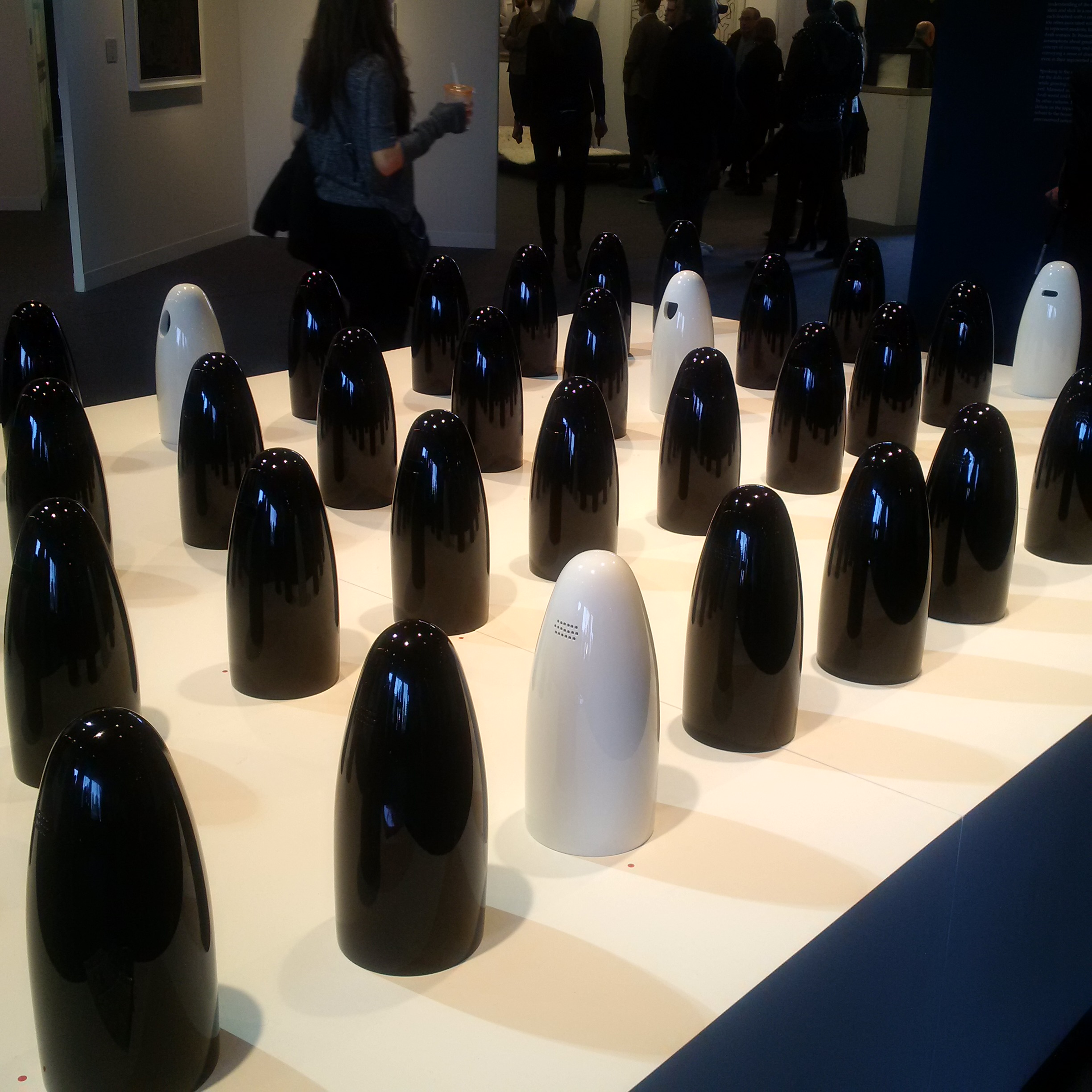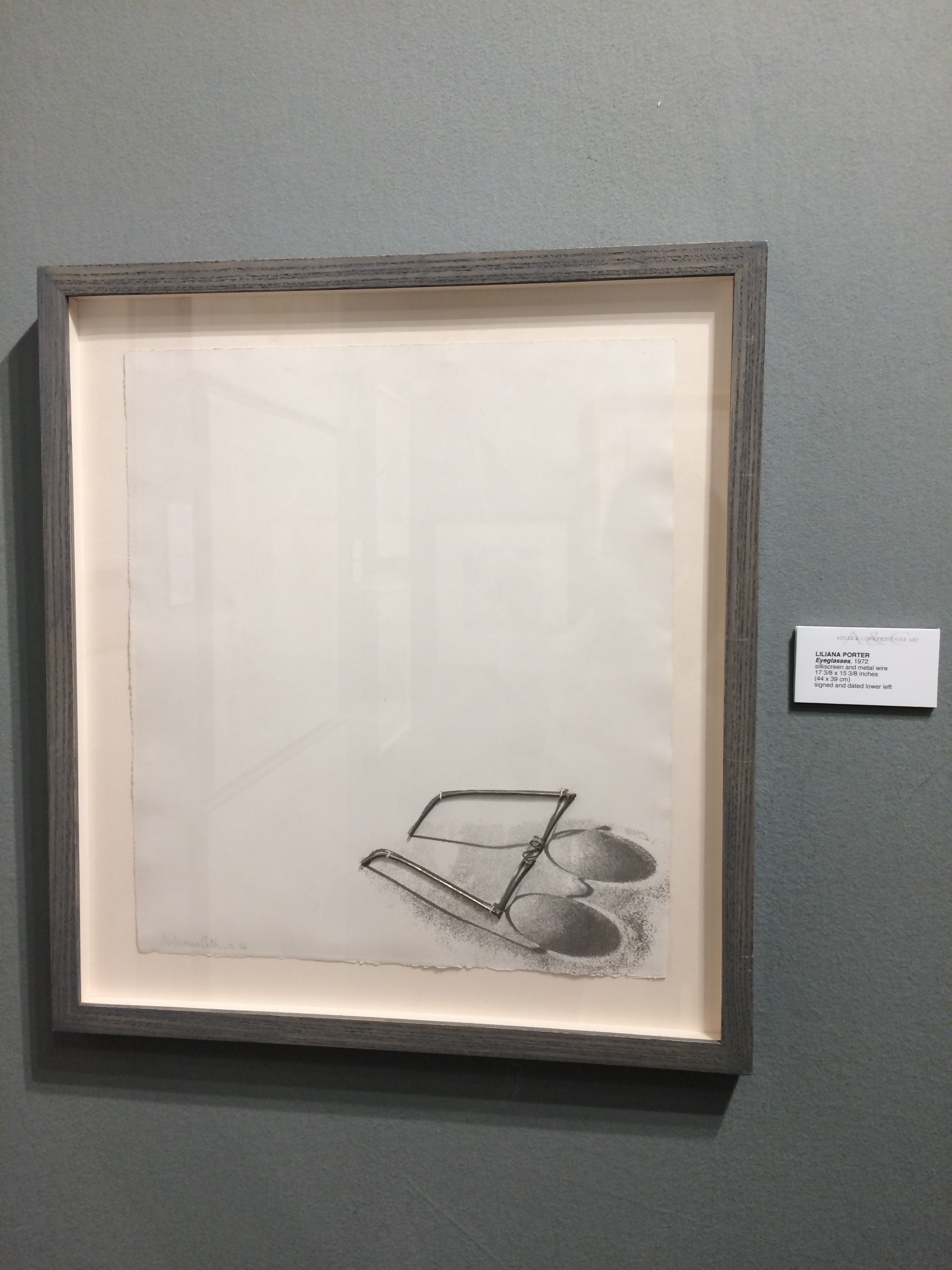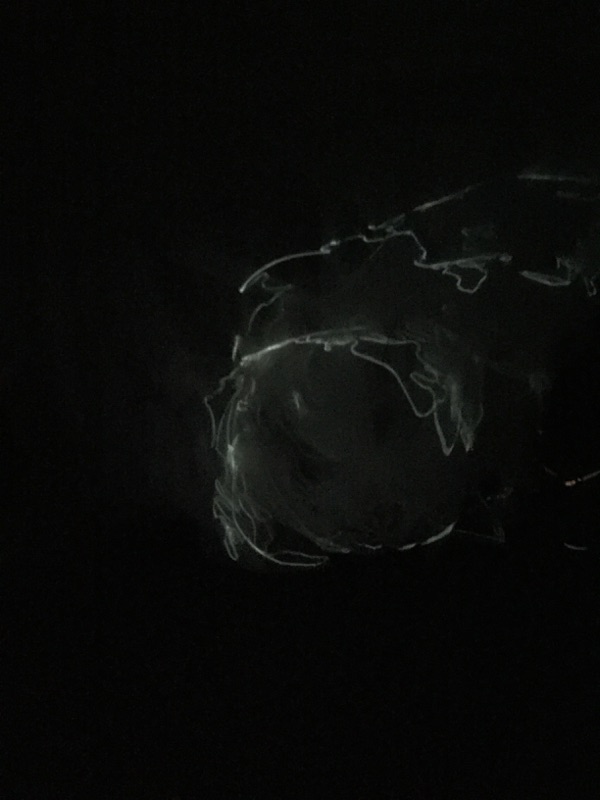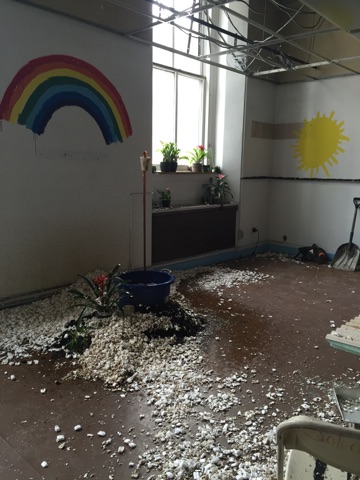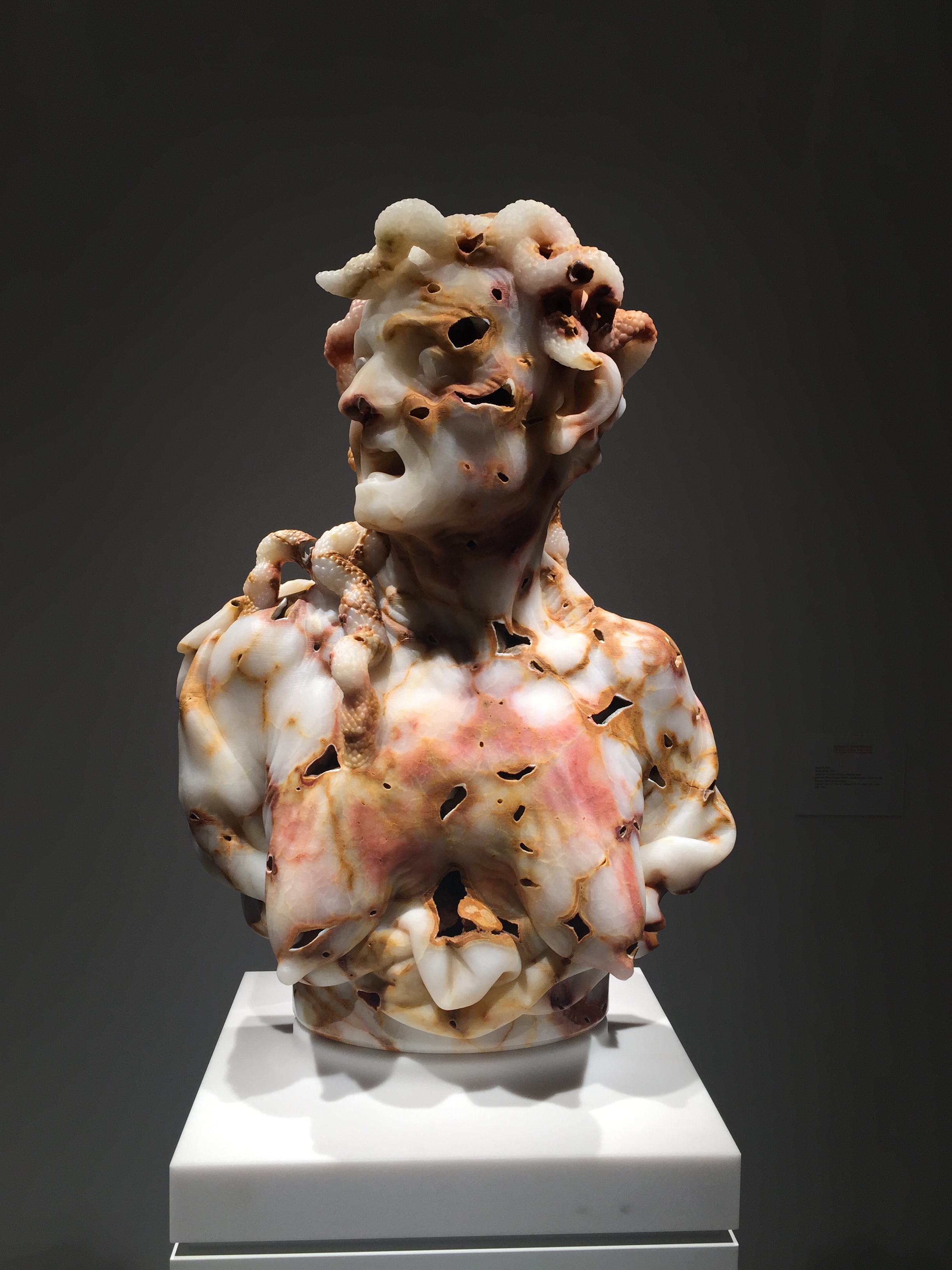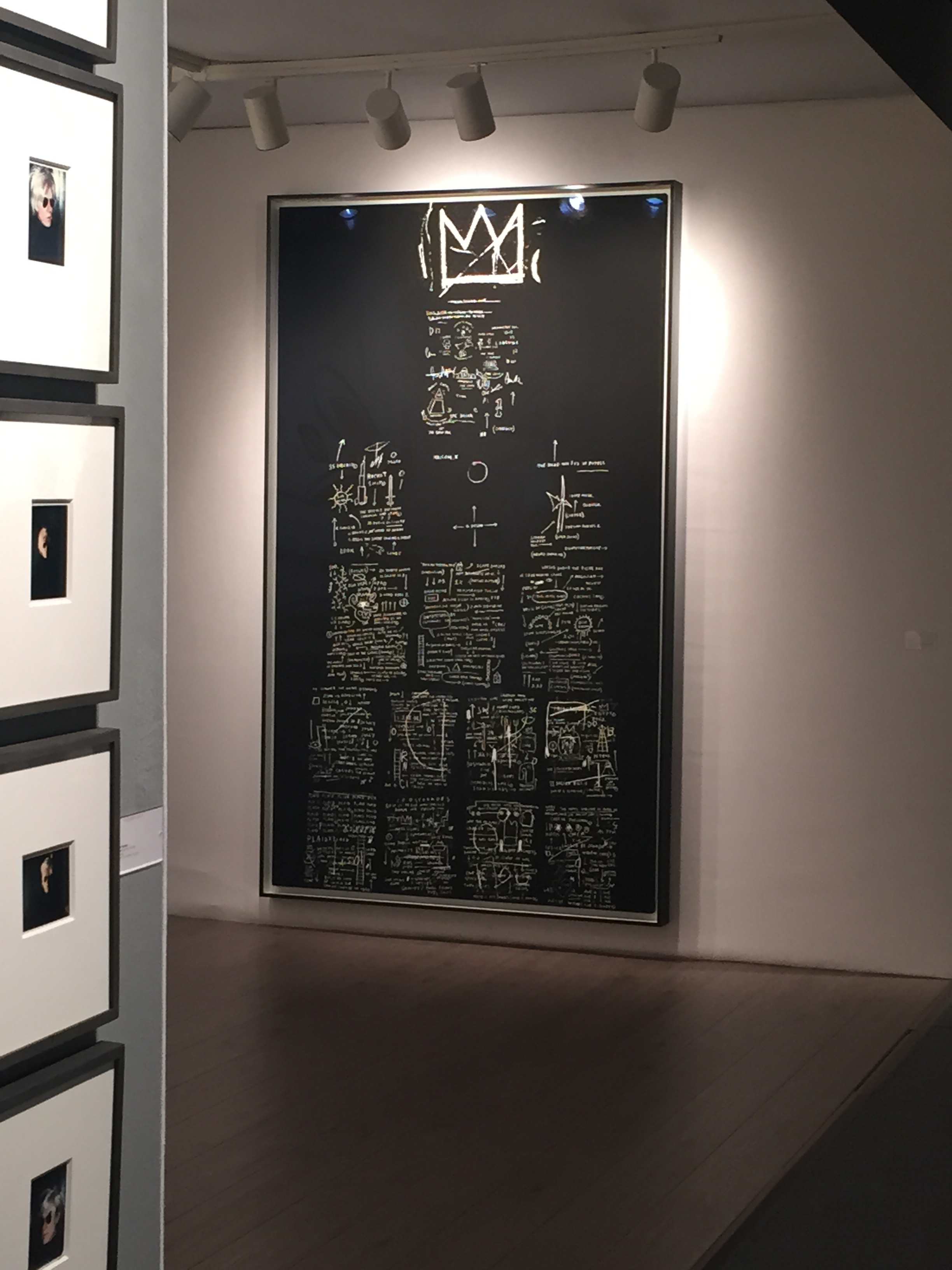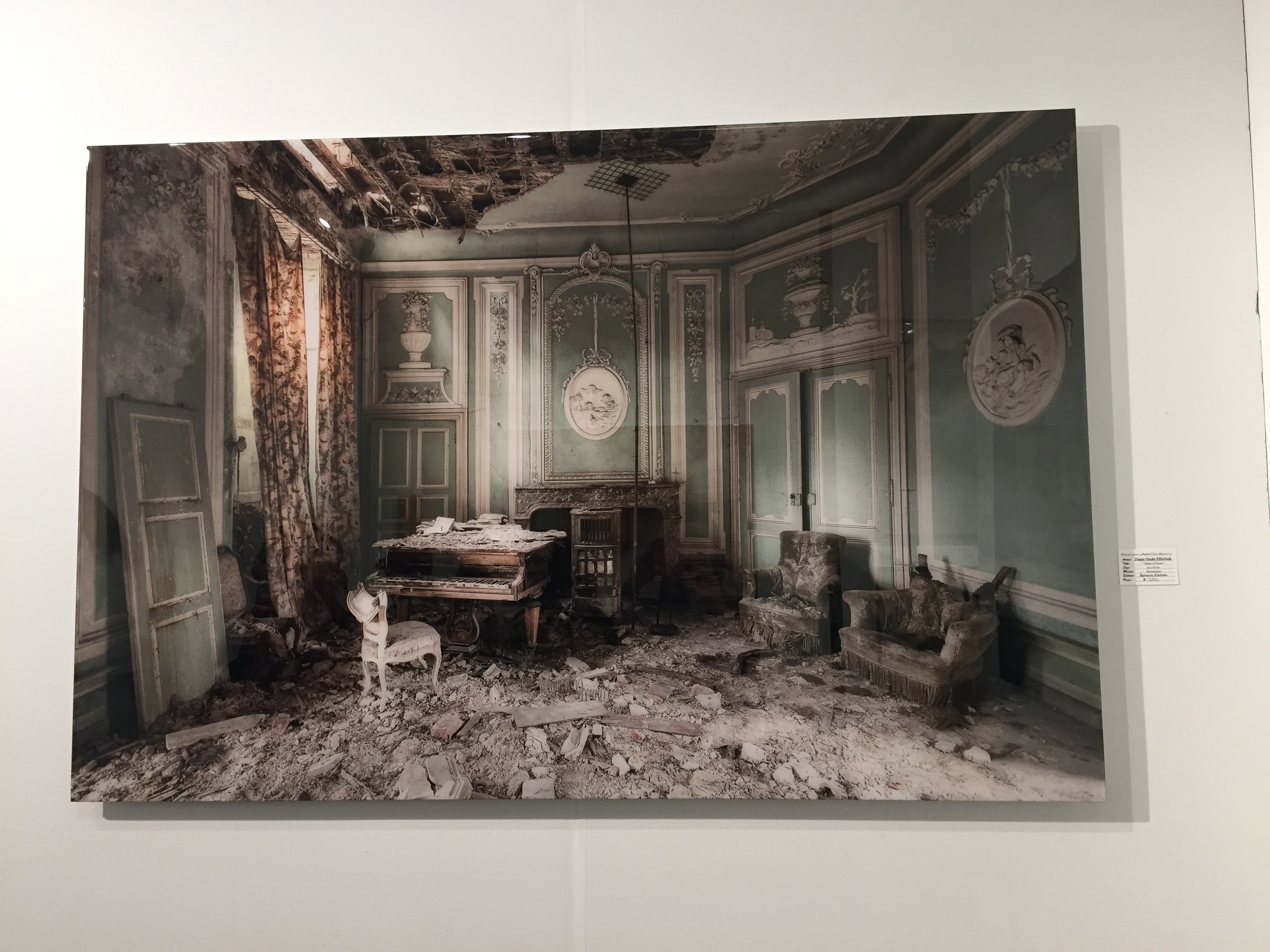New York, NY, August 3, 2015 O’Toole-Ewald Art Associates, Inc. (OTE), a New York based industry leader in Fine Art and personal property appraisals, announces a strategic partnership with AN Valuations, a boutique valuation advisory practice focusing on business and intellectual property, headquartered in Leiden, The Netherlands. This new strategic partnership brings OTE’s services directly to AN Valuations’ high net worth European clients, and enables both firms to offer competitive services to clients in the financial sector.
“We’re very excited to enter into this strategic partnership with OTE, allowing both companies to expand their offerings and provide a more balanced service to our worldwide clientele,” said Andrew Pike, managing director at AN Valuations. “When AN Valuations is contacted by high net worth individuals requesting assistance with personal property appraisals, we contact OTE for its expertise in various categories within personal property, such as antiques and Fine Art from Old Masters to Contemporary. Our background and experience lends itself to valuation advisory in the transatlantic corridor, and this partnership with OTE gives us the local presence we desire in the US.”
AN Valuations assists companies with valuations of businesses, financial instruments, derivatives and intellectual property (such as brand assets and patents) for transaction, fiscal, legal and accounting purposes, particularly in cross-border situations. OTE’s knowledge of fine art, furnishings, gems & jewelry, fine wine, coins, stamps, rugs, books, and photography ensures accurate and innovative valuations for clients while adhering to the standards of Uniform Standards of Professional Practice (USPAP), the American Society of Appraisers (ASA), and the Royal Institute of Chartered Surveyors (RICS).
“We are delighted to be partnering with AN Valuations,” said OTE President Elin Lake-Ewald. “Our partnership with them gives clients worldwide access to comprehensive services that allow them to better manage their tangible and intangible assets. Connoisseurship, especially in regard to fine and decorative art, is a very significant aspect of our business, but we also believe in being innovative in our approach to valuation. We hope that by expanding our services into Europe that we can offer a new level of accuracy and expertise.”
About O’Toole-Ewald Art Associates, Inc.
Since 1932 OTE has been a leading authority in fine and decorative art valuation, and continues to earn the trust of clients internationally. An experienced team of appraisal specialists value art and antiques for the purposes of damage/loss, insurance, charitable contribution, equitable distribution, collateral loans and estate taxation, and offer clients unique valuation strategies that include art leasing, blockage and fractional discounting of art in estates. OTE is known for its appraisals of major artist’s estates that include Andy Warhol, Roy Lichtenstein and Jean-Michel Basquiat. For more information, visit www.otoole-ewald.com.
About AN Valuations
AN Valuations, founded in 2012, is a valuation advisory boutique located in the Netherlands servicing companies throughout Europe and North America. We specialize in business & intellectual property valuations for transaction, fiscal, legal and accounting purposes, particularly in cross-border situations. Through our bespoke approach and global network, we customize teams to the needs of our clients. For more information, visit www.anvaluations.com.
Contact:
O’Toole-Ewald Art Associates
Sarah Mohrman, Marketing Coordinator
Tel: (212) 989-5151
sarah.mohrman@otoole-ewald.com
AN Valuations
Andrew Pike, Managing Director
Tel: +31 70 221 0058










